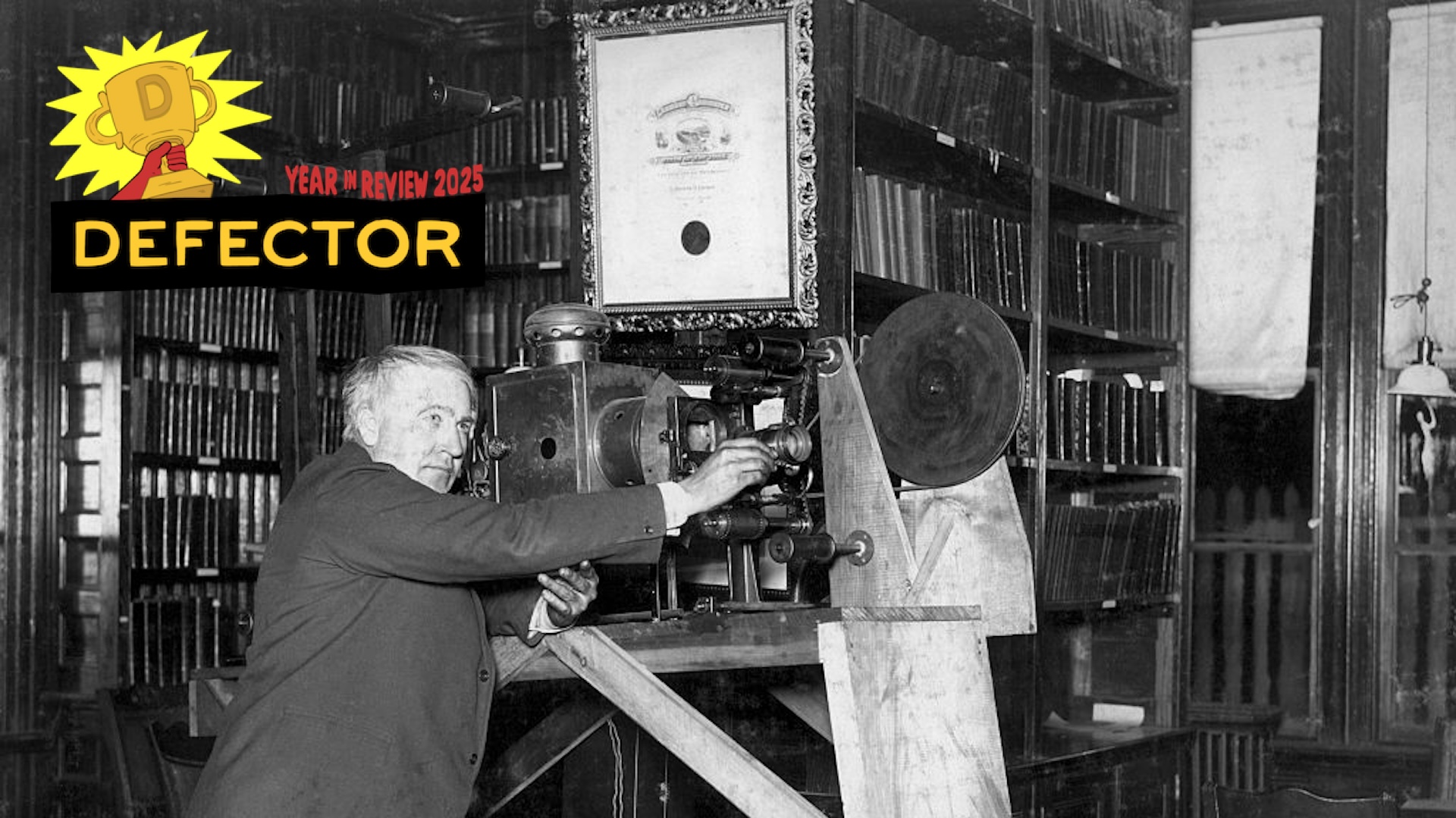The Boston Red Sox encountered significant turbulence on a team flight to Minneapolis Sunday night. Big deal, you are saying, from the comfort of your office chair. It is at least a moderate deal. We are not talking about the zippy little Space Mountain stuff that makes passengers giggle during approach. Passengers in this case were lifted from their seats and bounced around violently, and several people barfed all over the place. The flight had to make an unscheduled landing in Detroit, so unstable was the weather, and did not finally land in Minneapolis until around 1:00 a.m. Several Red Sox players were still feeling sick and beat up the following day, and reliever Garrett Whitlock had to miss the series opener due to lingering aftereffects. Two Red Sox players and one broadcaster called it the worst turbulence they'd ever experienced, per MassLive, and these are people who do a lot of flying.
"Forty-five minutes straight of left, right, dropping down," recalled Lucas Giolito, who compared the experience unfavorably to a roller coaster. "Sitting on a plane, it was like, oh boy. At one point, I kind of flew up out of my seat. I was like, 'OK, it’s time to put the seatbelt on.'" Giolito says he was comforted by the knowledge that "commercial airline jets never crash from turbulence," information that he picked up from watching The Rehearsal, a show that I have never watched and that from my experience entirely defies explanation.
With all due respect to Giolito's perfectly 21st-century-coded aviation education, planes do not need to crash from turbulence in order to severely fuck up the people trapped inside. Back in 2021, the National Transportation Safety Board held an open meeting about turbulence in air-carrier operations, with then-acting chairperson Bruce Landsberg opening the session with some harrowing comments about the dangers of moderate or severe turbulence. "More than a third of all [commercial] accidents are turbulence related, and they often result in one or more serious injuries," reported Landsberg, who explained that many of these sorts of incidents involve no damage to the aircraft itself. In May 2024, a Singapore Airlines flight encountered unexpected turbulence during breakfast service, 37,000 feet over the Irrawaddy River, in Myanmar. Crew and passengers went airborne, 104 people were injured, dozens were hospitalized, and a British passenger died. The plane was fine, structurally, even while inside the fuselage the passengers and crew had been flung around like lotto balls.
Not everyone aboard the Red Sox flight suffered the torments of hell. "Rough flight last night. Very rough, for them. I don't know, I slept through it," said manager Alex Cora, who though tough and fearless nevertheless expressed sympathy for his poor players and their weak constitutions. "When we got to Detroit, I fell asleep and all of a sudden, we were here. But it was pretty tough over there."
Atmospheric turbulence is a fascinating thing as an aviation problem, although generally for a person stuck in strong turbulence, the experience is less one of fascination than it is of gulping down the contents of one's stomach while praying to all available deities. Did you know that back in 1971, the NTSB found that one out of every five accidents was caused by turbulence? But wait, you are saying, still from the deep butt-print of your office chair. I thought that Landsberg guy said it was more than one out of three! That's right! It seems that over the 50-year interval between these studies, commercial flight has become much safer, and that non-turbulence-related accidents have fallen at a much faster rate than turbulence-related ones. Weather is a tricky thing. Over that span of time, commercial aircraft have become much more sophisticated, and safer, whereas the failures of modern meteorology still spoil approximately one out of every four of my best-planned barbecues.
Even back in 1971, addressing turbulence as an aviation problem meant rooting around for better meteorological methods. The 1971 NTSB report found that available weather forecasts underestimated the severity of the weather in 16 of the 74 turbulence accidents in the case study. Accurate forecasting of clear-air and mountain wave turbulence remains a challenge today, per the 2021 report, and the aviation industry relies on something called PIREP, or pilot weather reports, to do for the next plane down the flight path what cannot always be managed by mathematical models. The point is, a pilot will know to avoid a huge towering cumulonimbus cloud, but may not always be warned about invisible wind conditions in an otherwise perfectly clear high troposphere. Often, when your plane encounters light turbulence, it is because smart people made a reasonable determination about known phenomena; on the other hand, sometimes the best available information underestimates air conditions, and you wind up in the strong stuff, and enduring an airborne barf-o-rama.
The Red Sox made it through, more or less. The first game of the Twins series featured a hateful 90-minute rain delay, and then the visitors were walked off on a two-run single. So that sucked. But they recovered enough Monday night to make a better showing Tuesday, and along the way unveiled a new celebration, suited to the moment. Ceddanne Rafaela smoked a triple in the third inning, then used his arms and hands to mimic an airplane bobbing under turbulence. It caught on. "That was the first time I saw or heard about it," said Trevor Story, who admitted that it had taken everything in him to avoid joining the barfers on the dreaded flight. "I put two and two together and thought, 'That's a sick celly." Story did the turbulence celebration himself, rounding third after socking a dinger later in the inning. Wilyer Abreu joined the fun in the ninth inning, going airplane mode on second base following an RBI double. The Red Sox won, 8–5.
Isn't that what perseverance is all about? Life gives you lemons, and you make lemonade. Life gives you moderate to severe turbulence, and you upchuck into a paper bag and wail and beg for mercy, and then two days later you do a little dance.







